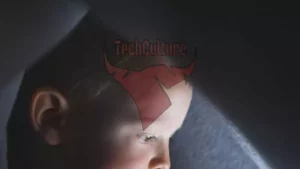In a groundbreaking mission, two astronauts aboard the International Space Station (ISS) are preparing for a spacewalk to investigate the possibility of microorganisms surviving on the exterior of the station. This initiative, led by NASA, aims to understand the potential risks associated with microbial growth in space and its implications for long-duration space travel.
The spacewalk will involve taking swabs from various parts of the space station’s exterior to collect samples that may contain microorganisms. These samples will then be analyzed on Earth to determine the types of organisms present and their ability to survive in the harsh conditions of outer space. This research is crucial for future space missions, as it will help scientists better understand the potential for contamination and the development of biofilms on spacecraft surfaces.
The implications of this investigation go beyond the confines of the ISS. As humanity ventures further into space, longer missions, such as those planned for the Moon and Mars, become a reality. Understanding how microorganisms behave in the extreme conditions of space is vital to ensure the safety and success of these missions. By studying the survival mechanisms of microorganisms on the ISS, scientists can develop strategies to mitigate the risks associated with microbial contamination during long-duration space travel.
This ambitious endeavor by NASA represents another step forward in our quest to explore the mysteries of space. By investigating the potential for microbial growth on the exterior of the ISS, we gain valuable insights into the challenges that await us as we venture further into the cosmos. With each new discovery, we inch closer to unlocking the secrets of the universe and paving the way for future space exploration endeavors.
Read more at Futurism





